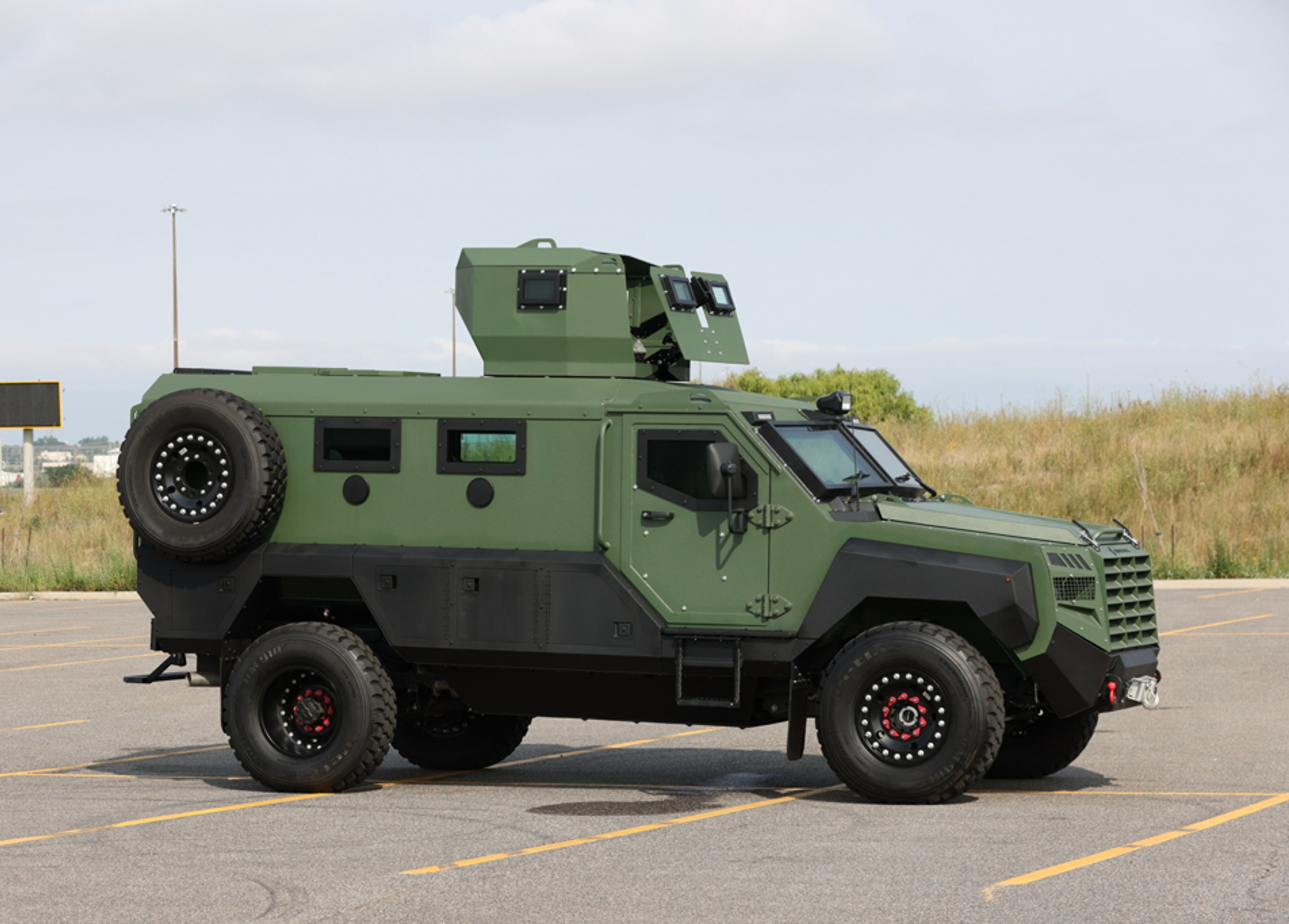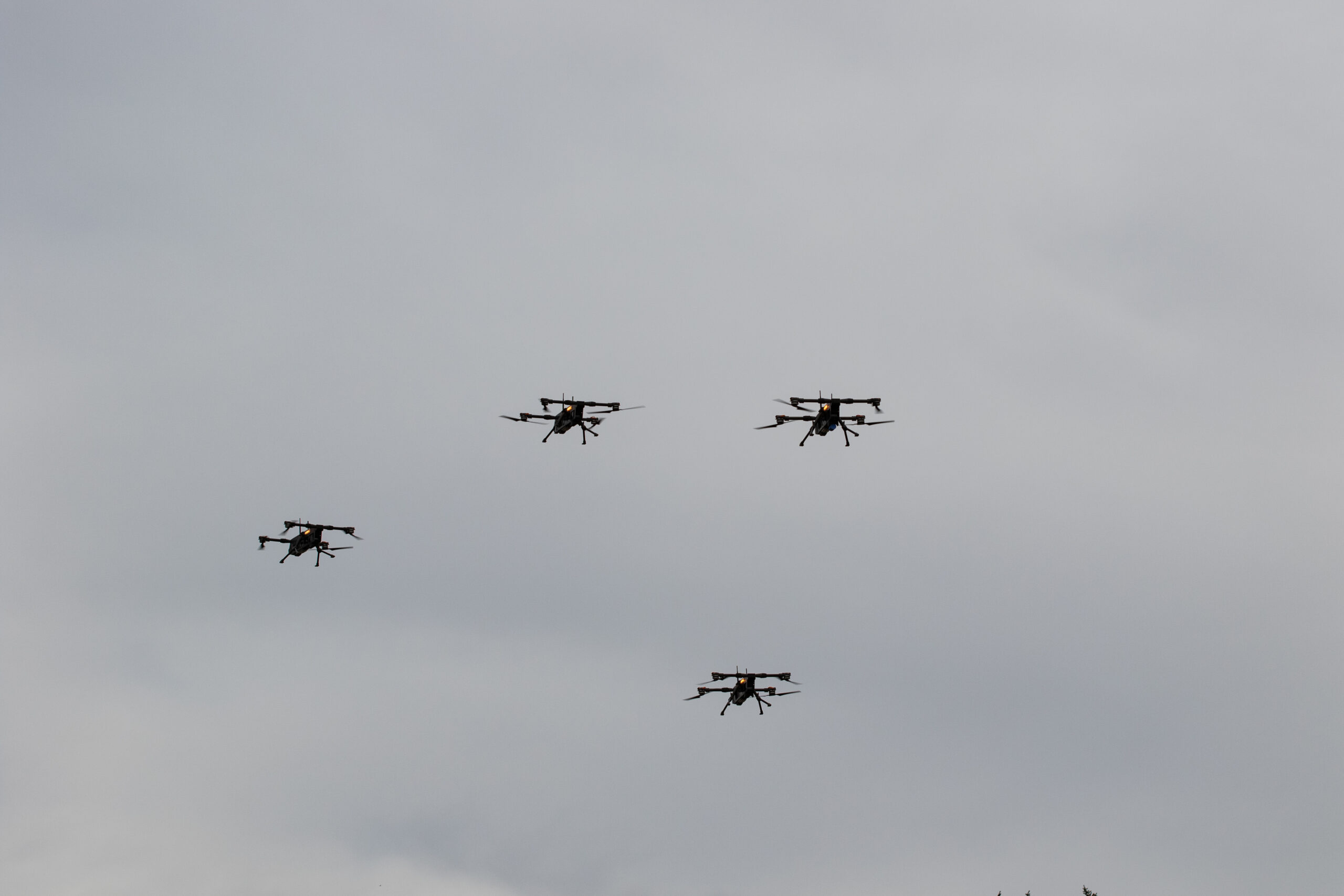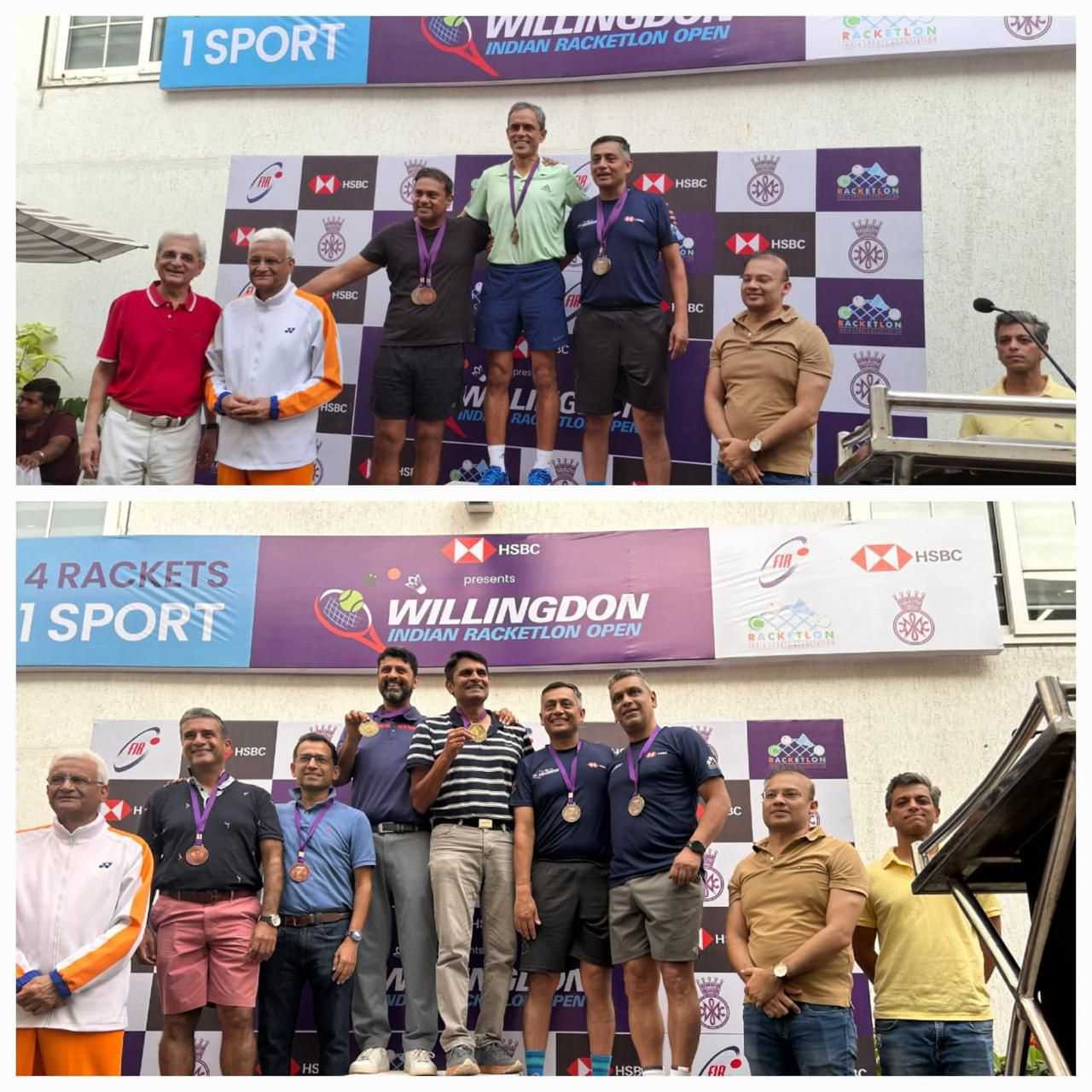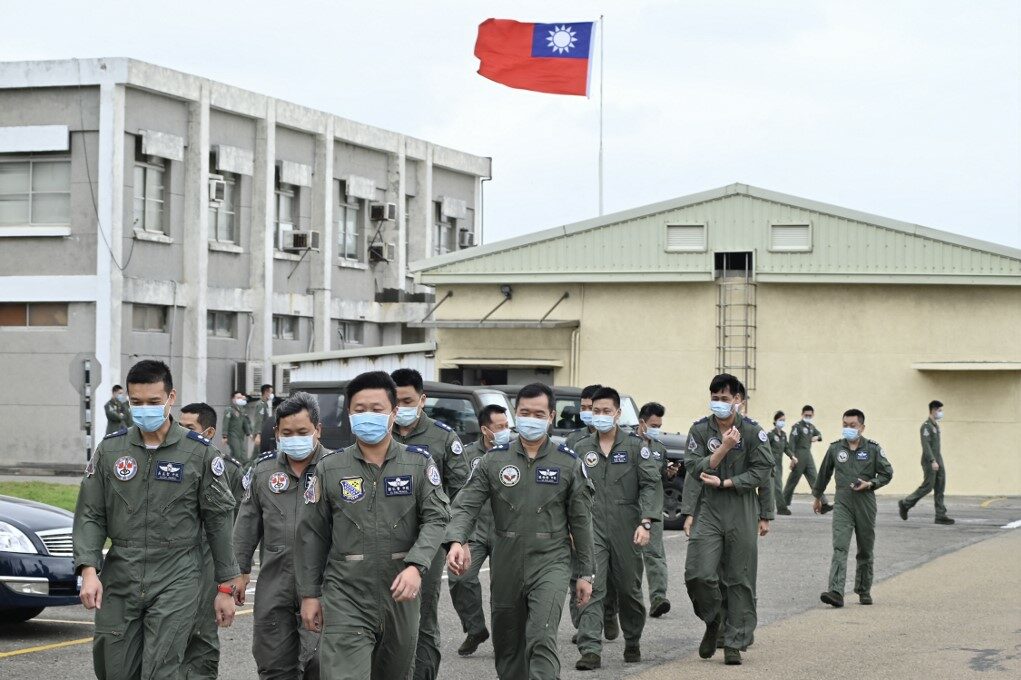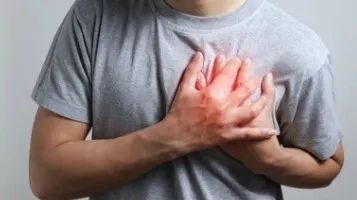Roshel Unveils Senator Medical Evacuation Ambulance Variant of MRAP Vehicle
Canadian mobility developer Roshel has introduced an ambulance variant of its Senator 4×4 Mine Resistant Ambush Protected (MRAP) vehicle, named…
Indian Army Officer Brigadier Navneet Narain Shines as Runner-Up at World Masters Racketlon Tournament
In a proud moment for the nation, Brigadier Navneet Narain, a serving officer at Army Headquarters in New Delhi, has…
Anduril Partners with OpenAI to Enhance AI Capabilities in Counter-Drone Systems
Anduril Industries has entered into a strategic partnership with OpenAI, the maker of ChatGPT, aiming to harness artificial intelligence for…
Brigadier Navneet Narain Shines as Runner-Up in World Masters Racketlon Tournament in Mumbai
Brigadier Navneet Narain of the Indian Army has achieved a significant milestone by securing the Runner-Up position in the esteemed…
Four Taiwanese Soldiers Charged with Leaking Confidential Information to China
Four Taiwanese soldiers have been charged with leaking confidential military information to China, a serious breach that has raised alarms…
Army Personnel Dies of Cardiac Arrest During Search Operation in Srinagar
In a tragic incident during a search operation in the upper regions of Srinagar, an army personnel succumbed to a…

